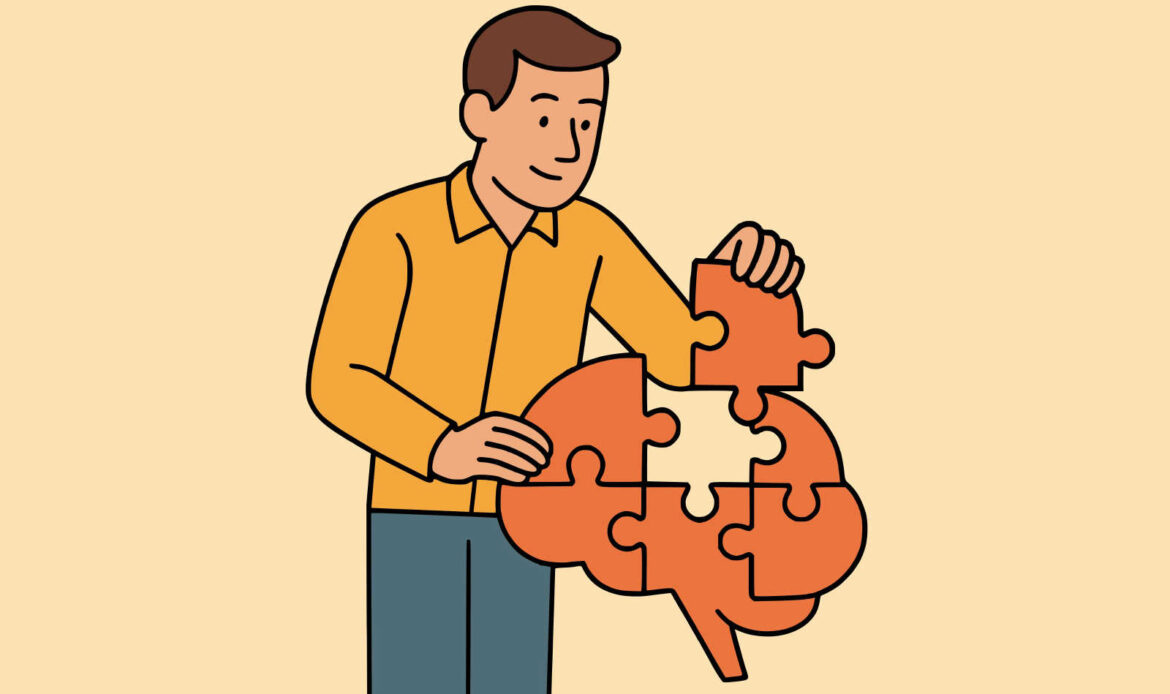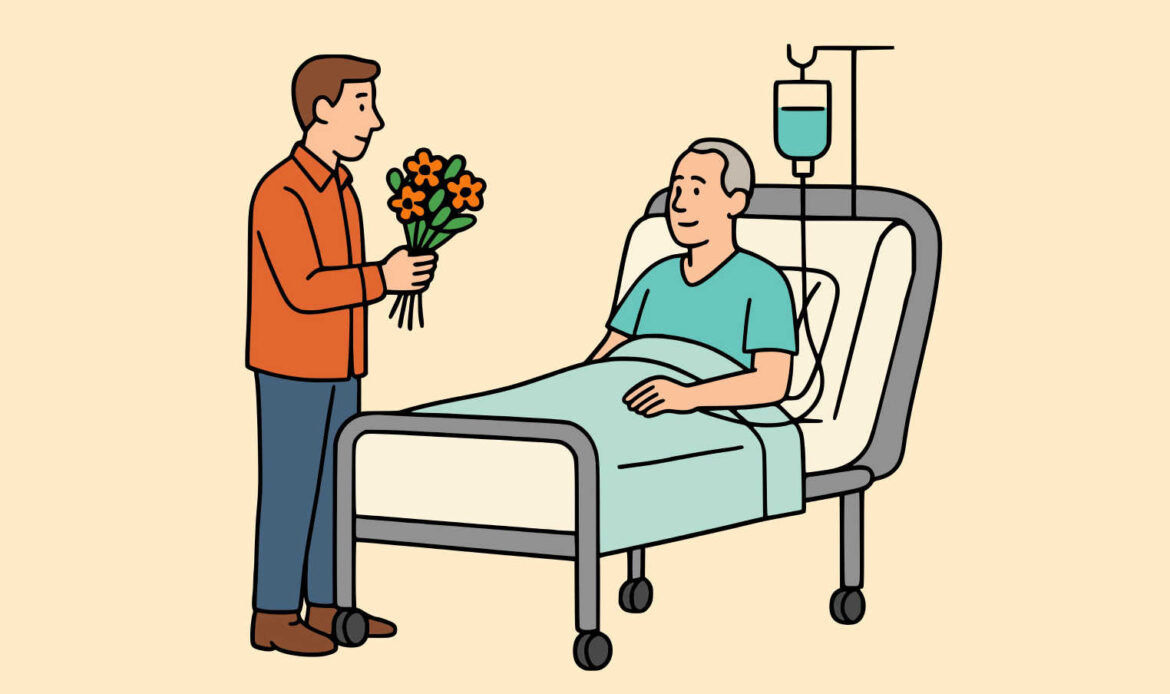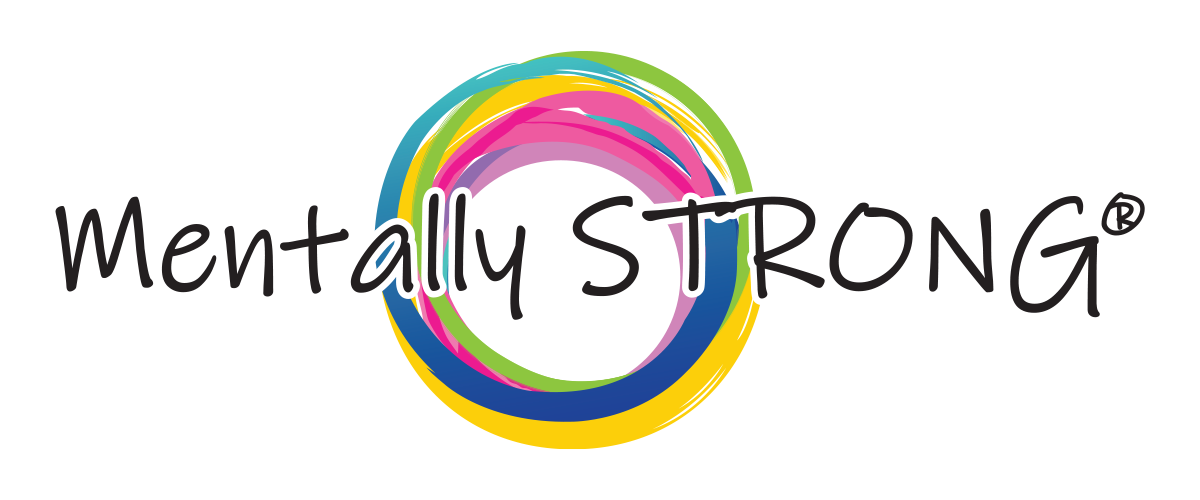Are you the kind of person who, when faced with a situation, immediately jumps into fixing it as soon as possible? And are you the kind of person that goes, “I don’t have time to fall apart right now, I just need to fix it,” on a daily basis?
Congratulations, you already know what problem focused coping is.
It’s the part of your brain that kicks in when crying won’t help and ignoring it makes it worse. It’s the part of you that scans the mess and says, okay, what can we actually do about it? You see it very simply: you’re not pretending to be fine or pushing your feelings down, you’re just dealing with the cause of it as soon as possible so you stop feeling what you’re feeling.
And honestly? Sometimes it’s the kindest thing you can do for yourself.
So let’s talk about what it actually looks like, how to use it, and when to step back and let a different kind of coping take over.
What is problem-focused coping?
Problem-focused coping is when you shift out of spiraling when presented with a crisis, problem, or issue and jump into solving it. It’s when you stop rehearsing what’s wrong and start figuring out what needs to happen next.
I know you’ve heard it before (possibly from your family or even your friends), but this way of dealing with your problems doesn’t mean you’re emotionless. It means that you’re capable of putting space between your feelings and the problem and actually putting your energy into parts of it you can control.
And while it sounds obvious (“fix the problem, duh”), most of us don’t even realize we’re stuck in the feeling part of a situation long after we’ve identified the issue. That’s where problem-focused coping can help.
The difference between problem-focused and emotion-focused coping
Emotion-focused coping is what you use when you can’t change the situation — so you tend to your response instead. It can look like venting, complaining, crying, and (for the lucky ones) self-soothing.
Problem-focused coping is what you use when you can change the situation — or at least part of it. You make a plan, or you set a boundary, or you have that hard conversation. Whatever it is you do, you take action.
And there’s times for both of them, since neither is technically better. But generally, one tends to be more useful depending on what you’re up against.
When it makes sense to go full problem-solver mode
- When there’s a real, external issue (not just anxiety spiraling out of nowhere)
- When the situation needs doing, not just feeling
- When you’re ruminating on the same thing over and over and the only thing left is action
Real-life examples of problem-focused coping
So when do you know it’s the right time to pull out those action based coping skills? Here’s a few examples.
Work stress
Ever had one of those days where your inbox is overflowing, your boss isn’t giving you any tangible directions, and you’re one passive-aggressive Slack away from quitting?
Yeah… if you want to tackle this with problem-focused coping, that might look like:
- Blocking 2 hours for deep work and turning off notifications
- Asking for clarity on what actually needs to be done today
- Making a script to finally push back (without sounding like you’re about to cry)
When your relationship hits a snag
You know one of those petty fights you keep having in your relationship? Someone didn’t empty out of the dishwasher, the vegetables in the fridge keep going bad (I’ve just had a hard week, I promise I’ll eat more veggies next week!), and you’re just on edge with each other.
Problem-focused coping here might look like:
- Naming what’s not working and asking, “What do we want to do about it?”
- Scheduling time to talk when you’re both calm (not mid-argument)
- Going to therapy together or alone — because stuck is still stuck, even if no one’s yelling
Psstt. Therapy can
Money stuff… because who doesn’t have those?
You took that job three years ago and at that time it sounded great! But now inflation’s gone up and your salary… not so much. Your bank is texting you more than your ex, your landlord keeps hinting at raising the rent (Uhh… the taxes went up, ya know?) and you’re thissss close to jogging off into the sunset.
Problem-focused coping here might look like:
- Making a no-judgment budget
- Calling your utility company to set up a payment plan
- Googling “financial help in [your city]” instead of spiraling into doom
Five everyday strategies that work (and don’t require a therapist or a textbook)
Because sometimes, you don’t need a course on trauma-informed resilience. You just need a place to start.
1. Get it all out on paper first
Remember back in 5th grade when your English teacher would force you to do a mind map before you actually jumped into writing the essay? It’s the same approach here, because before you can even start solving anything, you have to be able to see what you’re trying to solve.
So get the mess out of your brain and dump it out in the real world. And leave those grammar and structure rules out of the door. This is a place to simply say, I literally don’t know what the hell I’m doing but here’s everything that’s on fire.
2. Break it down like a to-do list, not a crisis
If you look at the top of the mountain while you’re standing at the base, you’re going to get overwhelmed really quickly. The same applies here – if you look at the whole thing at once, your brain will short-circuit.

So don’t do that. Instead, break it down. And then break it down again.
Instead of “figure out my life,” try:
- Answer the scary email
- Cancel the subscription draining my account
- Text the friend I’ve been avoiding
Your crisis brain wants everything fixed now. Your problem-solving brain picks one thing and focuses on getting that done first.
Baby steps your way into structure, you’re doing great.
3. Loop in someone you trust (yes, even for the small stuff)
Life is hard, alright? (why is it hard? read here)
And it’s okay to not have all of the answers. Sometimes, you need someone who’ll say, “That’s not dumb. Let’s figure it out.” Even just saying the thing out loud can shrink it down to size. And no, you’re not a burden for needing support. You’re not built to carry everything alone.
4. Google it… but wisely
You know how you have that suuuper specific problem that you have no idea what to do about? Chances are, someone else has faced that exact same problem, and wrote about it on the internet.
Search things like:
- “How to deal with [specific problem]”
- “Free legal/mental health/financial help near me”
- “Script for setting boundaries with coworkers”
And remember, discussion boards and articles (like this one!) are your friends.
5. Check in with yourself: am I solving or spiraling?
There’s a fine line between solving and spiraling. If you exceedingly find yourself down various rabbit holes at 2 am, there’s a chance you might be doing the latter. Ask yourself, is this actually getting me closer to the solution or is this just panic in a lab coat?
If you’ve been in the same thought for more than 15 minutes with zero new ideas? It may be time to step away for a little, and have a banana (or any other delicious snack).
When to pause and try a different kind of coping
Hear me out: problem-solving is great — it’s productive, efficient, and makes you feel like you’re actually doing something.
But not everything in life is a puzzle that needs solving. Some things just… need you to sit with them for a while.
Knowing when you can’t fix the thing (and that’s okay)

There are problems you can throw tools at, and then there are the ones that don’t care how many bullet points you make. Like grief after a breakup or the limbo of waiting for medical results. There’s the gnawing ache of this shouldn’t have happened. And for problems like that? No amount of to do lists can fix them. And trying to solve them the same way you’d solve a calendar clash won’t help. It’ll just make you feel worse for not being able to “fix” something that was never yours to fix.
How problem-focused coping works with emotional coping, not against it
Remember how I said early on that there’s no right way to approach situations of crisis? Solving the problem and tending to your emotional world can coexist. You can email your landlord and cry in the shower. You can set the boundary and spiral for a bit after. You don’t have to transform yourself into a total robot to adopt problem focused coping, you just have to keep honoring the parts of yourself that want to feel the problem too.
Let yourself be both: a person who takes action, and a person who feels deeply. One doesn’t cancel the other out.
Quick recap: problem-focused coping, simplified
Here’s your tl;dr:
- Problem-focused coping is when you say, okay, what can I actually do about this?
- It works best when something external needs action. Think — a situation, not just a feeling
- You don’t have to ignore emotions, you just have to keep them from hijacking the whole thing
- You’re allowed to be overwhelmed and still try.
- You’re allowed to feel like a mess and still show up for your life.
Ending note: Be kind to yourself
Look, we all want to believe that if we just try hard enough, we can fix it all. But sometimes the real courage is not when we fix the thing, but when we start asking the right questions. It begins the moment you say, this is hard, and I need help navigating it.
That’s exactly where The Mentally STRONG Method comes in. It helps you understand what’s actually going on beneath the surface — so your thoughts aren’t just noise, they’re something you can think through, organize, and choose from. That’s how you cope in a way that lasts.
And if you’re tired of over-functioning your way through crisis after crisis, and if you’re craving someone to walk with you while you sort through the mess, our team of incredible therapists at the Mentally STRONG Clinic is here. We’re not trying to fix you (because you don’t need fixing), we’re trying to help you take your power back, one doable, human-sized piece at a time.
Book your first appointment today. Or, if you’re just getting started, explore how setting small mental health goals can help you build the momentum you need.

